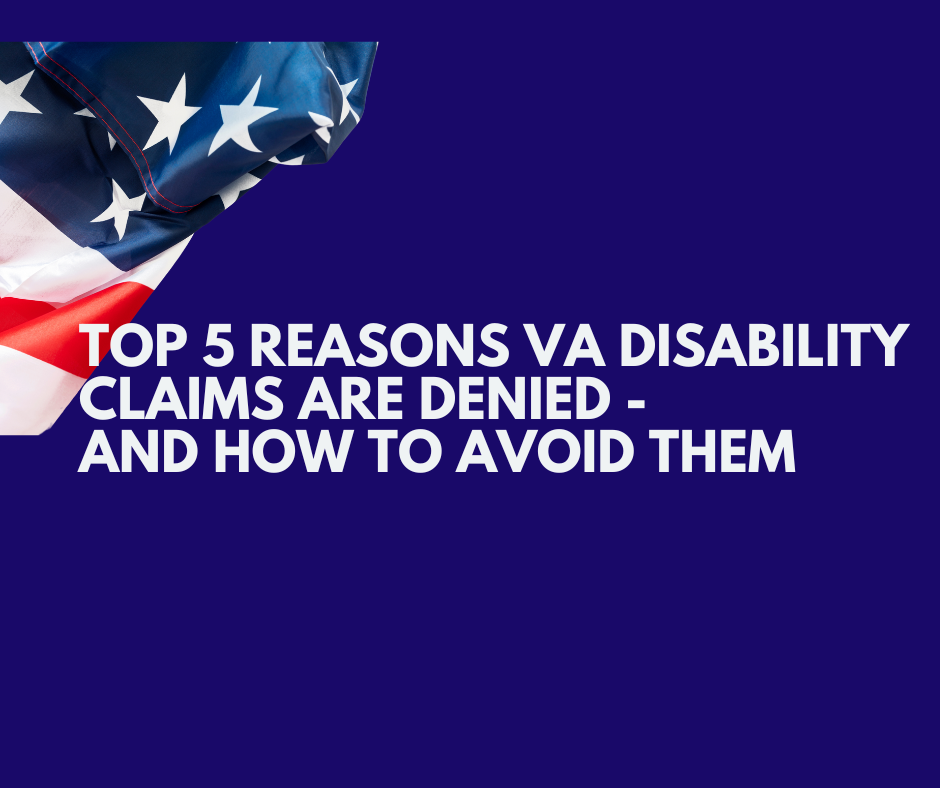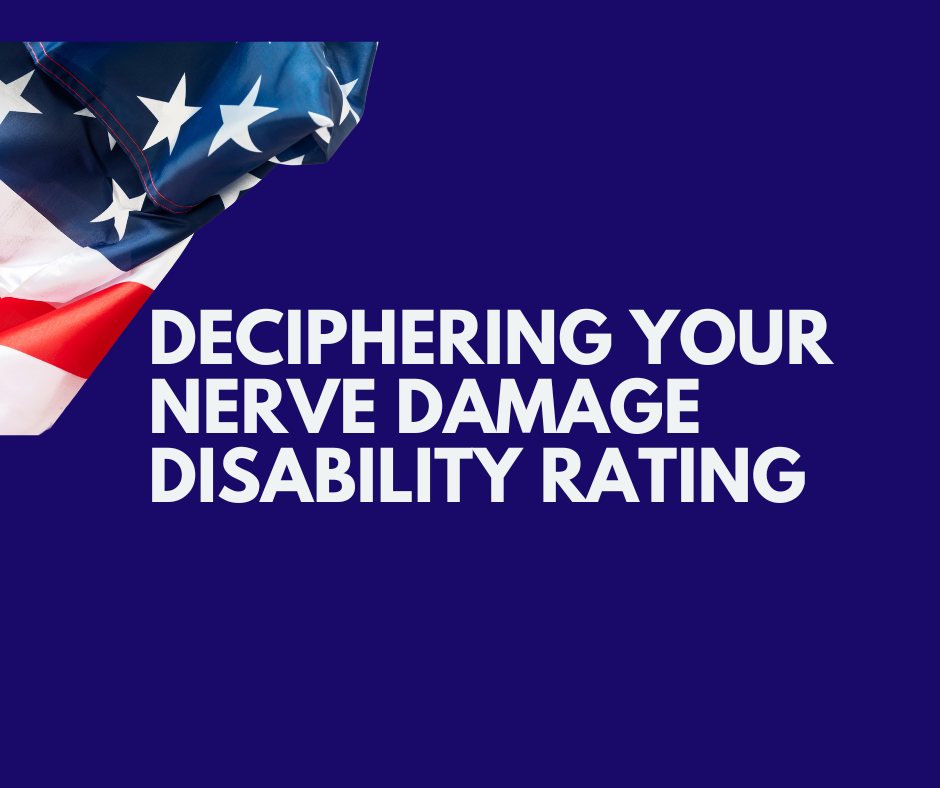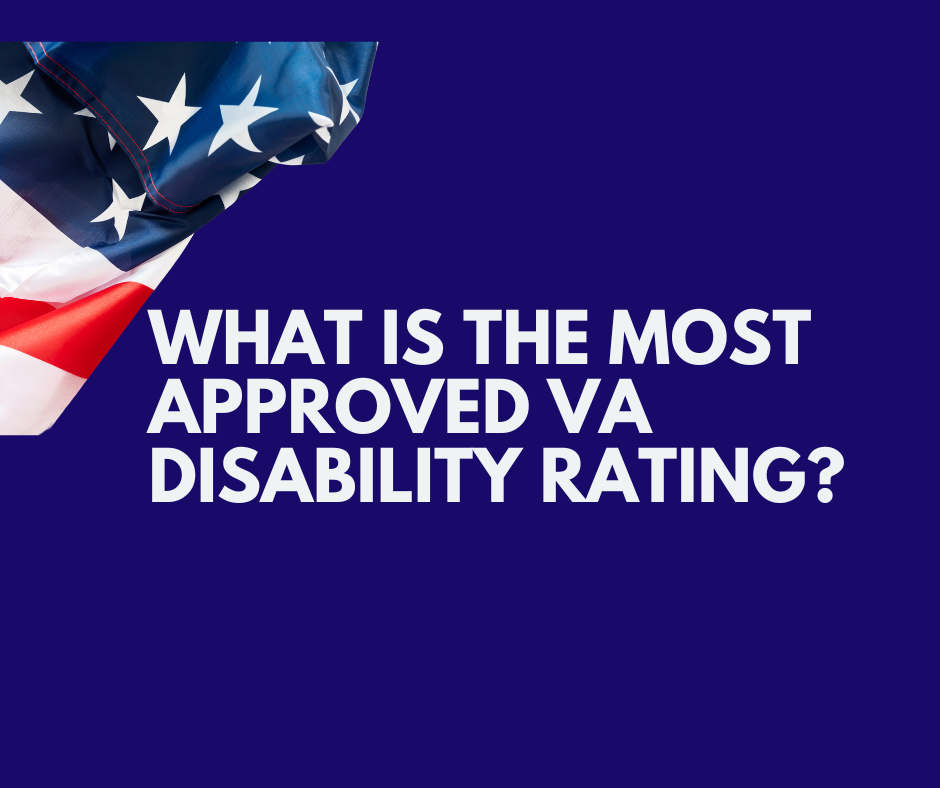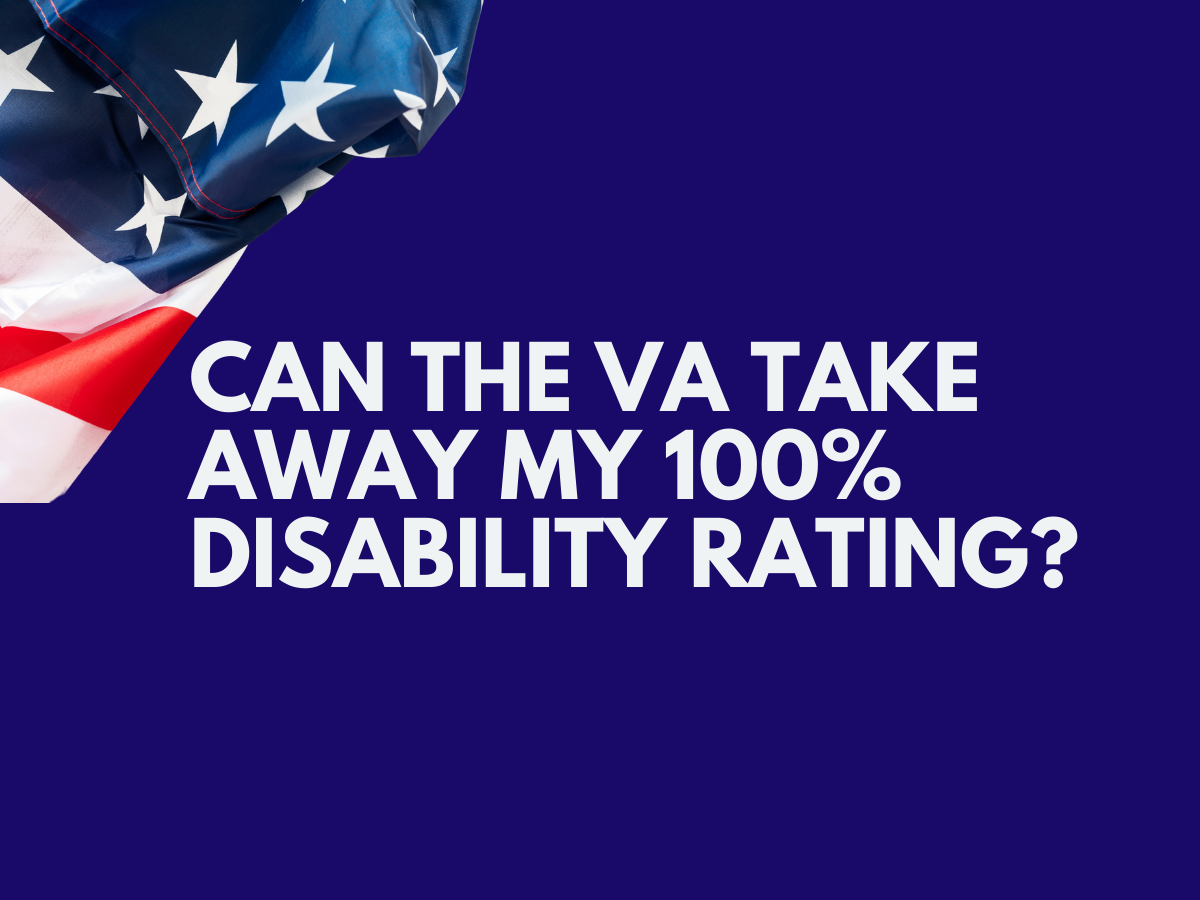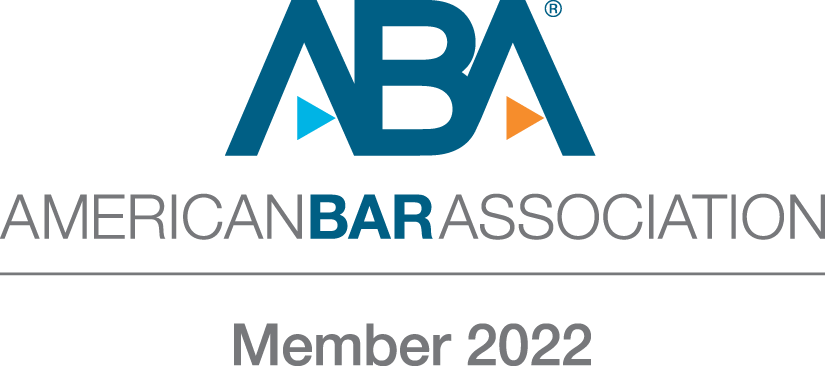If you’re a veteran, you’ve probably heard about the long and drawn-out VA claim process that can take months or even years to obtain disability benefits. It’s not uncommon for veterans to wait days, weeks, or even months before hearing back from the Department of Veterans Affairs ("VA") regarding their VA disability claim decision. In this blog post we share the steps that go into the VA disability claim timeline.
VA Disability Benefits Eligibility Requirements
Veterans can apply for VA disability benefits by fulfilling certain eligibility requirements. First, the veteran must have a current diagnosis of a medical condition or an injury. This diagnosis is the starting point and it must be clearly defined. Next, the origin of this condition or injury must be connected to the veteran's active duty military service. In other words, the medical condition or injury should be due to, or have been worsened by, their military service. This link is crucial and must be proved by compelling evidence. It often includes medical documentation, service records, or any supporting documents, and it is typically where the VA spends considerable time reviewing, which can lengthen the overall process. The final part of the equation is the nexus medical opinion. This opinion must clearly state that the current diagnosis or injury is related to the one suffered during service. The medical expert who provides this opinion must have thoroughly reviewed the veteran's medical documentation and determined that the medical condition or injury is, more likely than not, connected to their service. This ultimately results in a service-connected disability and disability compensation. Once a veteran becomes service-connected for a disability, a VA disability rating is assigned.
Step 1 – File a VA Disability Benefits Claim
The first step to receiving VA disability compensation is to obtain service connection by completing and filing a VA Form 526-EZ. You will also need to submit a copy of your DD-214 reflecting your military service with your application. You can submit this form by mail, fax or file your claim online by logging into your e-benefits account.
After filing the initial claim, the VA will send you a letter within 7-10 business days confirming the claim receipt. The filing of a completed VA Form 526 is the first step in the VA disability claim process. On the VA Form 526 you will notice there is an option to mark processing of your VA claim as a Fully Developed Claim (FDC) or a Standard claim.
Fully Developed Claims vs. Standard VA Claim Processing
The key difference between a Fully Developed Claim (FDC) and standard VA claim processing lies in the speed and efficiency of the VA disability claim process. An FDC is a streamlined method designed to expedite the processing time of your disability claim. When submitting an FDC, veterans take a more active role in gathering and providing all relevant evidence and documentation upfront. This enables the VA to review and make a decision more swiftly, often within 90 to 120 days.
In contrast, standard VA disability claim processing can be a lengthier process, typically taking anywhere from 6 to 12 months. This is because, under this process, the VA takes the responsibility of gathering the necessary evidence for your claim. This can include medical records, service records, and other pertinent documents.
Therefore, the choice between an FDC and standard claims processing depends on the individual veteran's situation and their ability to gather the required evidence efficiently. Both methods are designed with the goal of ensuring veterans receive the benefits they deserve.
Step 2 – Initial Review
Upon arriving at the Initial Review stage, your VA claim will be assigned to a Veteran Services Representative (VSR). The VSR's primary function is to carefully review the disability claim you have submitted, thoroughly examining each piece of evidence and documentation provided.
During this review, the VSR may identify areas where additional evidence is needed to support the allegations in your VA claim. This could include more detailed medical records, specific service treatment records, military records, or additional supporting documents. The VSR, as part of their role, may request these additional items directly from you.
It's important to understand that this stage is crucial in establishing the validity of your VA claim. Therefore, any requests for supplementary information should be addressed as swiftly and accurately as possible. It's in your best interest to cooperate fully with the VSR, providing them with all the information they need to evaluate your claim effectively. In this phase, the VSR is ascertaining merit to your claim of service-connection. If your disability claim has merit, the VA will continue the VA disability claims process by making sure all of the evidence is obtained.
The timeline for this stage is typically between 7 to 21 business days, or 1 to 3 business weeks. However, this duration could potentially extend the VA disability claim timeline if additional information is required or if there are complexities within your claim that require thorough investigation.
Step 3 – Evidence Gathering
In this step, the VA is gathering evidence. The VA may request further more evidence from you, government agencies, health care providers or others in order to make an informed decision. The VA may contact you to sign authorization forms to release your medical records from private treatment centers. If your medical records are from a VA Medical Center, the VA will retrieve these records on your behalf. In the meantime, it could schedule you for a Compensation and Pension Examination. This process may take between 30-60 days.
The VA Compensation & Pension (C& P) Exam
The Compensation and Pension Exam (C&P) is an essential part of the VA claim process for veterans. These exams, performed by healthcare providers, allow the VA to accurately gauge the extent of any disabilities or medical conditions that veterans might have incurred during their service. The results of these exams directly influence the determination of service-connection and the assigned disability ratings. These exams are therefore critical in ensuring that veterans receive the appropriate benefits commensurate to their service-connected disability. Hence, the VA strongly encourages veterans to attend these exams to facilitate a fair and comprehensive evaluation of their claims.
Attending the C&P exams are not just highly recommended but crucial to the VA claim process. If a veteran fails to show up for the scheduled C&P exam, the VA holds the right to deny the claim outright. This decision is based on the lack of necessary medical evidence needed to substantiate the claim. The VA relies on C&P exams to provide this conclusive evidence. Therefore, if the exam is missed, it can result in the VA not having enough evidence to fully assess the veteran's claim, potentially leading to a denial of benefits. Every veteran should make it their priority to attend their scheduled C&P exam to ensure a comprehensive evaluation of their claim and a fair determination of their VA disability benefits claims.

Step 4 – Evidence Review
Phase 4, or the Evidence Review phase, is a critical stage in the VA claims process, where all your provided evidence is meticulously examined. The VSR delves into every piece of information submitted, from medical reports to personal testimonies and beyond. This phase verifies the validity and relevancy of the evidence to your claim, ensuring that each detail corroborates your claim's requirements. It's during this stage that the strength of your claim is truly determined based on the gathered evidence. Furthermore, it is also the phase where any additional information needed to substantiate the claim is identified and requested. If all information has been gathered, your claim moves on to Step 5, Preparation for Notification.
Step 5 - Preparation for Notification
Preparing a notification is the fifth part of the VA disability claim process. This indicates your VA claim has progressed and reached its final stage of the claim process. A VA Rating Decision will usually appear within 30 business days after the decision is made.
When your claim is designated as "Preparation for Decision," it signals that the VA has all the information required to make a decision regarding your disability claim and is in the process of reviewing the evidence submitted. The "Preparation for Decision" status usually indicates that an initial decision has been made but requires verification or further review. This could entail a thorough review of medical evidence, examination reports, and any other relevant documentation provided in the claim.
In some cases, the VA might need to request further medical examinations or records, which can slightly delay the process. However, it is crucial to note that this does not mean your VA claim is being denied. Instead, it signifies the VA's commitment to making an accurate decision based on comprehensive evidence. The final VA decision can result in approval, denial, or deferral depending on the evaluation of the evidence gathered.
Remember, the time it takes to move from this stage to the final decision can vary greatly depending on the complexity of the claim, the amount of evidence to review, and the overall workload of the VA claims process. However, typically, a VA Rating should generally appear within 30 business days after the decision is made. This stage is a crucial part of the VA claims process, and patience is key, as rushing the process can lead to errors or a potential denial of the claim.
Step 6 – Pending Decision Approval
This phase, known as the Pending Decision Approval, is the final step in the VA disability claims process. In this phase, the Rating Veterans Service Representative (RVSR) conducts a final review of all the evidence and information provided throughout the process. They will thoroughly scrutinize the claim, ensuring that all the necessary information is present and that everything aligns with the VA's rules and regulations. This final step is pivotal as it lays the groundwork for the final VA Rating Decision. The RVSR may choose to send the case back for further evidence gathering if they deem it necessary, or they may proceed to make their recommendation on the claim. It's vital to ensure that all the necessary documents, medical records, and supporting evidence have been appropriately submitted to avoid any potential delays or complications at this stage. The average duration of this phase varies, but it typically takes between 7 to 21 business days.
Step 7 – Notification
After the final award decision is made, the VA will send out a formal notification to inform you of the decision made about your VA disability claims. This notification is usually sent through the mail as part of a claim decision packet which includes a comprehensive breakdown of your entire claim and how the decision was reached. In this notification, you will find detailed information about all the evidence considered, the laws and regulations used to decide your claim, and the reasoning behind the decision made. It's essential to thoroughly review this document, understand the reasoning, and make sure it aligns with your claim and gathered evidence. The estimated time for receiving this notification is usually around 7-10 business days after the decision is approved. Please note that the time may vary based on different factors such as mail delivery schedules and public holidays.
The Notification Letter must include several key pieces of information to ensure full transparency and understanding. Primarily, it should contain a clear statement of the decision made regarding your claim. It should also provide a detailed explanation of how this decision was arrived at, citing specific laws, regulations, and evidence used in the evaluation of your claim. Additionally, the Notification Letter is expected to include information about the benefits awarded, if any, the VA rating assigned and the effective date of these benefits. Finally, the letter should provide instructions on how to appeal the decision if you disagree with it. Remember, the purpose of this Notification Letter is to give you a comprehensive understanding of the decision made on your VA claims and the process that led to this outcome.

So How Long Does the VA Decision Phase Take?
The duration of the VA Decision Phase mainly depends on the complexity of the claim, the number of conditions you’ve claimed, and the backlog of the VA at the time of filing. Generally, it can take anywhere from a few weeks to several months. However, please note that these timelines can fluctuate based on the aforementioned variables. It's equally important to remember that every veteran's claim is unique, and the VA processes each one individually, ensuring that every claim gets the attention it deserves. Hence, while it can be frustrating to wait, patience is key in this process.
What Should I Do If My Claim Gets Denied?
You have one year from the date of your Notification Letter to appeal your Rating Decision. If you are denied VA benefits or you disagree with the Rating Decision, the VA offers three appeal options: Supplemental Claim, Higher-Level Review, or Notice of Disagreement: Board Appeal.
The complexities of the VA claims process can seem daunting. However, you don't need to navigate this entire process on your own. At Lawyers for American Vets we are here to assist veterans. Our team is well-versed in VA benefits, offering the expertise necessary to appeal against unfavorable decisions effectively.
We urge you to reach out to us immediately should you require assistance with your disability claims. We're committed to ensuring that veterans get the benefits they rightly deserve. If you have been denied benefits, call today for a free consultation.

